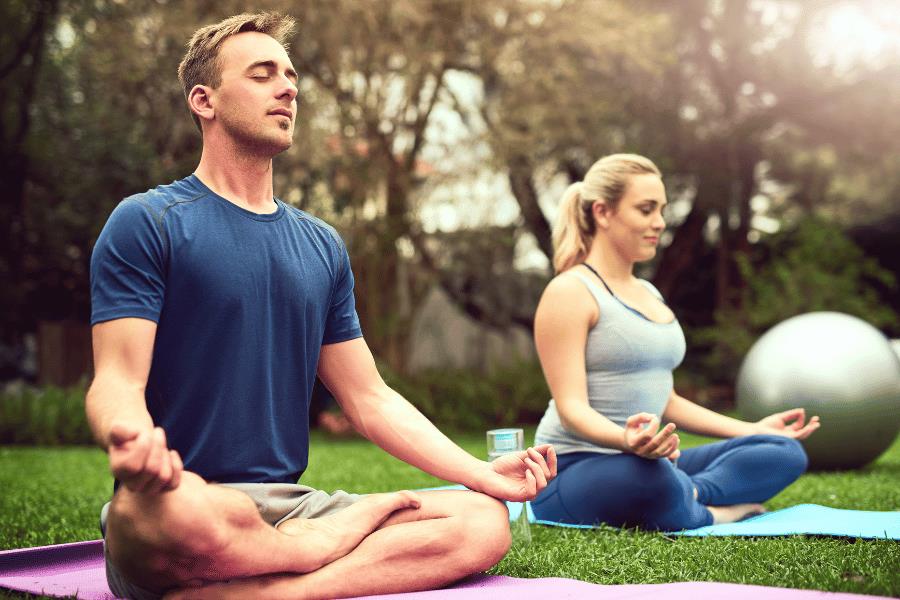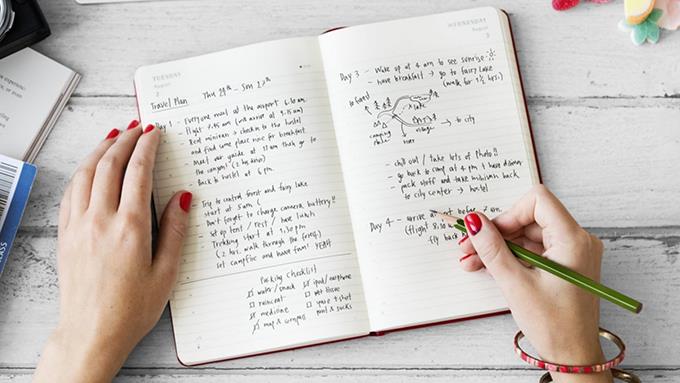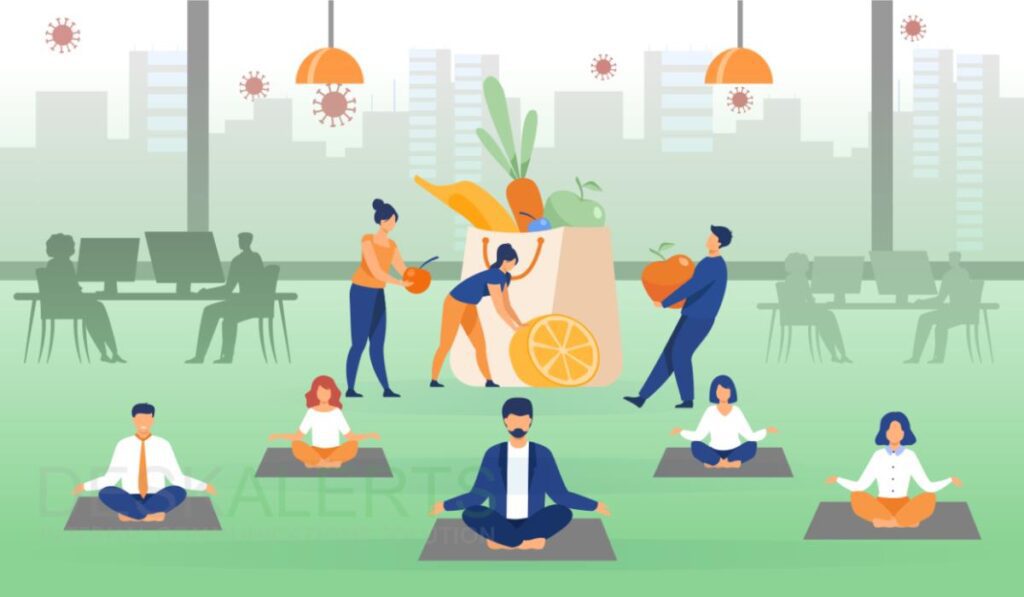Between fast-evolving technology, rising digital noise, and daily life pressure, peace of mind often feels distant. Today’s world demands more mental strength than ever before. Emotional burnout, sleep disruptions, and online anxiety have become the silent companions of modern living. But Mental Wellness isn’t a luxury—it’s a necessity that can no longer be ignored.
Table of Contents
ToggleTop Lifestyle Adjustments for Mental Wellness in 2025

Understanding how to enhance your mental state in 2025 involves strategic shifts in everyday behaviors. From sleep to Digital Engagement, each element requires a modern approach tailored for current challenges. The comparison data highlights how traditional lifestyle patterns have evolved into smarter, more effective wellness strategies for today’s fast-paced world.
| Lifestyle Factor | Old Approach (Pre-2020) | Updated Approach (2025) |
| Sleep Routine | Fixed bedtime and wake time | Screen-free winding down + AI alarms |
| Diet & Nutrition | Focus on balanced meals | Mood-boosting foods & gut-brain care |
| Social Interaction | Face-to-face socializing | Quality over quantity, online filters |
| Physical Movement | Regular gym sessions | Nature walks + movement breaks |
| Digital Consumption | Limited to entertainment | Mindful scrolling + app detox breaks |
The Mental Filter You Didn’t Know You Needed

Staying mentally well in 2025 means managing the amount of digital exposure you absorb. Your devices can either drain or support your brain, depending on your control over them. Prioritizing digital boundaries is the first step toward a focused and calmer life.
Begin by turning off non-essential alerts and unfollowing stress-inducing content. Use scheduled app blockers to reinforce a healthy relationship with screens. Create no-screen zones in your home, especially in the bedroom and dining area. These boundaries protect your energy and reduce digital fatigue.
Next, train your mind to identify content that fuels positivity over panic. Dedicate tech-free hours daily to help your brain recalibrate. When your screen time aligns with intentionality, your clarity improves, and stress decreases significantly.
Emotional Check-Ins and Thought Journaling

One of the most overlooked habits in 2025 is emotional check-ins. These allow you to name your feelings and understand the mental triggers that influence them. It’s no longer enough to push through—you need to pause and process.
Begin each day by taking a moment to note how you feel and why. A short sentence in a journal can do wonders. Use AI emotion-recognition tools or simple emoji mood trackers to capture fluctuations. Being emotionally aware helps prevent impulsive reactions and supports more informed decision-making.
Next, incorporate a 10-minute reflection ritual before sleep. Write down what lifted you, what drained you, and how you responded. This cultivates emotional intelligence and equips you to approach tomorrow with mental clarity and steadiness.
Work-Life Merge vs. Balance: Redefining the Concept

In 2025, the separation between work and personal life often feels blurred. The real win isn’t strict balance, but a harmonious integration that respects your mental bandwidth.
Let’s conduct a practical comparison that outlines how professional life used to impact mental health, and how updated systems today support psychological safety.
| Workplace Trend | Past Mental Effect | 2025 Adaptation and Benefits |
| Remote Work Burnout | Lack of separation from work | Flexible hours + virtual wellness pods |
| Always-On Culture | 24/7 work anxiety | Do-Not-Disturb hours + task automation |
| Lack of Purpose | Career doubt & low motivation | Passion projects & mental health leave |
| Over-Scheduling | Daily overwhelm | Schedule white space + time-boxing |
What Makes Mental Balance Different in 2025?

Unlike earlier years, mental wellness today is deeply tied to digital behavior, AI influences, remote lifestyles, and hyper-connectivity. A fresh approach is needed—one that blends routine habits with mindful boundaries and tech-aware choices.
Sleep Hygiene and Mental Clarity
Sleep in 2025 is no longer about hours—it’s about quality. With digital distractions at night, your rest requires more planning. A stable bedtime ritual improves emotional resilience and daily focus.
Start with simple practices; dim the lights, shut off screens early, and try gentle sounds like white noise or guided meditation for sleep. Utilize wearable technology to monitor your sleep quality and identify your stress patterns.
Your second step is to prioritize consistency. Sleep and wake up at the same time every day. Avoid caffeine after 2 PM and minimize late-night exposure to stressful news. Over time, your body syncs with your sleep rhythm, sharpening cognitive function.
Food for Mood: The Gut-Brain Connection
Your mental state has a powerful link to what you eat. 2025 has made this link even more pronounced with personalized nutrition tools that guide your choices.
Start by integrating probiotic-rich foods like kefir, kombucha, and kimchi. Eat more magnesium-rich greens and omega-3-rich seeds. These ingredients help naturally reduce stress and boost serotonin levels.
Next, avoid sugar spikes that cause mood crashes. Instead of junk snacks, reach for nuts, bananas, or Greek yogurt. Daily adjustments can keep your brain energized and emotionally balanced throughout the day.
Mindful Movement: More Than Just Exercise
Physical activity now goes beyond fitness goals—it’s a therapy for the mind. Mental wellness in 2025 is closely tied to how you move your body.
Start by weaving short bursts of movement into your daily routine. Stretching, 5-minute dance breaks, or mid-day walking resets can help ease mental tension and refresh focus.
In the second phase, choose a movement that brings joy. Whether it’s nature hikes, tai chi, or expressive movement classes, find what feels mentally soothing. This creates a bond between body awareness and emotional release.
Social Media Pressure and Self-Worth
Comparison is a major trigger in 2025. Mental well-being suffers when you’re exposed to unrealistic lives online. Rebuilding your digital environment helps you reclaim your peace.
Begin by auditing your feed. Unfollow toxic accounts and follow those that promote inspiration, humor, or a sense of wellness. Set screen timers and log out during high-stress moments.
Then, shift your usage pattern from consuming to creating. Post content that reflects your truth instead of chasing trends. Your feed should mirror who you are, not who the internet wants you to be.
Power of Saying “No” Without Guilt
Mental clarity in 2025 is also about energy conservation. Saying “yes” too often drains your inner reserves. Mastering the art of declining helps preserve inner peace.
Begin by identifying situations that leave you emotionally exhausted. Politely decline those without explanation. Your mental health is reason enough.
Next, script your boundaries. Practice phrases like “I’m focusing on rest” or “I’ll have to pass.” Saying no with kindness but firmness gives you control over your life again.
Positive Inputs and Daily Affirmations
Mental strength grows through daily self-talk. Positive affirmations shape the way you feel, think, and act throughout your day.
Each morning, repeat three phrases that resonate with your current needs. Whether it’s “I am calm,” “I attract peace,” or “I’m proud of my progress”—these words steer your mindset.
Pair affirmations with uplifting input. Listen to healing sounds or gratitude-based podcasts during your commute. These inputs buffer you from negativity and promote emotional resilience.
Create a Peaceful Corner
Your environment influences your mental wellness. Having a personal retreat space—even a small one—offers a sense of grounding amid chaos.
Decorate your space with soft lighting, textures, or personal mementos. This spot should feel like your emotional recharge zone. Use it for journaling, meditation, or just breathing deeply.
Make it a daily ritual to spend 10 minutes there. Over time, your brain associates this place with peace. It becomes a trigger for calmness and control.
Embrace Human Connection Without Digital Overwhelm
Real interactions nourish the soul. In a hyper-digital age, face-to-face or voice connections matter more than ever. Maintain eye contact during conversations, ask open-ended questions, and remain present. Disconnect to reconnect. Even a short walk with a loved one can stabilize emotions and boost positivity.
Secondly, prioritize meet-ups over group chats. A cup of coffee shared in silence holds more healing power than a thousand texts. Let your relationships exist outside of screens.
Stay Updated Without Overloading
Information fatigue is real in 2025. Mental peace comes from staying informed selectively. Limit your news intake to once or twice daily. Subscribe to curated newsletters instead of scrolling aimlessly. This reduces panic and enhances awareness.
Choose quality over quantity. Avoid sensational headlines and check the credibility of your sources. Informed doesn’t mean inundated.
Use AI Mindfully for Mental Health
AI can be a mental health ally when used wisely. It offers structure, reminders, and emotional tracking tools.
Pick just one or two apps that suit your needs. For example, one for journaling and another for guided breathing. Avoid overwhelming yourself with too many platforms. Review your data weekly. Use it to adjust your wellness plan, not to fixate. Tech should support, not control, your self-care.
Wrapping Up with Choosing Balanced Mental Wellness

Balanced mental wellness in 2025 isn’t about perfection. It’s about choice—choosing presence over pressure, peace over performance, and habits over hacks. Amid modern chaos, you always have the option to pause, reset, and realign.
This is your invitation to lead a mentally richer life: one breath, one thought, one intention at a time. Start small, stay consistent, and make your mind a space where you love to live.
FAQs Balanced Mental Wellness
What are the best mental wellness habits to start in 2025?
The most helpful habits include journaling for emotional clarity, limiting screen time, maintaining a consistent sleep routine, engaging in regular physical activity, eating gut-friendly foods, setting daily affirmations, and practicing mindfulness. Small, consistent steps toward self-awareness can make a significant difference in today’s fast-paced environment.
How can technology affect mental wellness in 2025?
Technology can both help and harm. Mindful usage, like AI-powered meditation apps or emotion trackers, promotes wellness. But overuse, constant notifications, and comparison through social media often lead to anxiety. Balance and boundaries are the secret to harnessing tech for your mind’s benefit.
How can working professionals maintain balance with busy schedules?
Schedule white space into your calendar, automate routine tasks, use breaks for short walks, and respect “Do Not Disturb” time blocks. Avoid over-committing and consider flexible working models. Mental recovery is as important as productivity in 2025’s work culture.
What is the connection between gut health and mental health?
The gut-brain axis links digestive health directly to mood and cognitive performance. Probiotics, fiber-rich diets, and adequate hydration help balance gut flora, which in turn reduces stress, anxiety, and even depression. A happy gut often means a calmer, more stable mind.
Why is emotional check-in necessary today?
Emotional check-ins help identify stress triggers, prevent emotional buildup, and promote early action. They foster self-awareness and emotional literacy, which are essential in navigating the complex daily challenges of a hyper-connected world.
How can students maintain mental wellness in this digital age?
Students should maintain structured routines, take offline breaks, use Pomodoro techniques for study, and engage in physical activities. Journaling, campus support services, and reducing comparison through social media can also help safeguard their mental well-being.
Can small changes lead to long-term improvements in mental wellness?
Absolutely. Consistency in small actions—like gratitude journaling, screen-free mornings, or deep breathing—rewires the brain over time. The brain thrives on patterns, and even small 5-minute wellness habits can compound to bring about measurable improvements in emotional balance.





